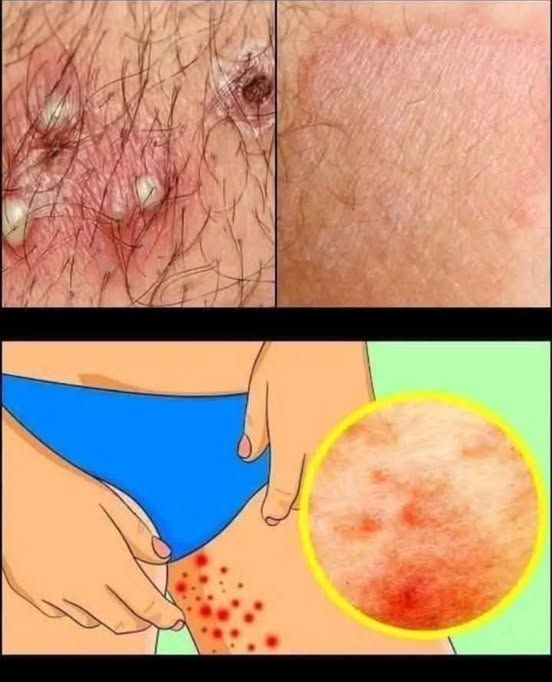Herpes zoster, also known as shingles, is a viral condition that affects the nerves and skin. It can occur in anyone who has previously had chickenpox, though it is most common among older adults or people with weakened immune systems. The same virus that causes chickenpox — the varicella-zoster virus — remains in the body even after recovery and can reactivate years later, resulting in shingles.
While shingles is rarely life-threatening, it can cause significant discomfort. Many describe it as a painful, burning, or tingling sensation that develops on one side of the body, often followed by a rash. The outbreak typically appears on the torso, chest, or face and may last several weeks.
Health experts believe that the virus becomes active again when the immune system is weakened by factors such as aging, stress, or certain medical treatments. Conditions that affect immunity can also increase the risk. Though shingles itself isn’t easily transmitted, direct contact with the fluid from blisters may cause chickenpox in someone who has never had it before.
Early signs can feel like the start of a mild illness — fatigue, headache, or sensitivity in a specific area of the skin. Within a few days, small fluid-filled blisters may appear. These usually heal within two to four weeks, though in some cases, nerve pain can continue even after the rash disappears.
Continue reading on the next page…

